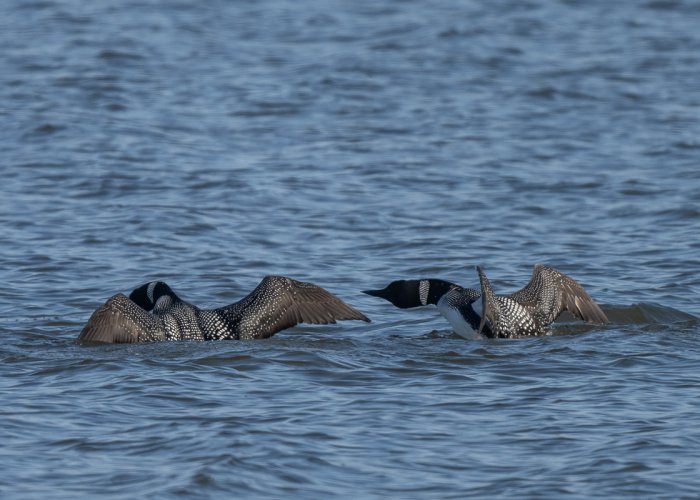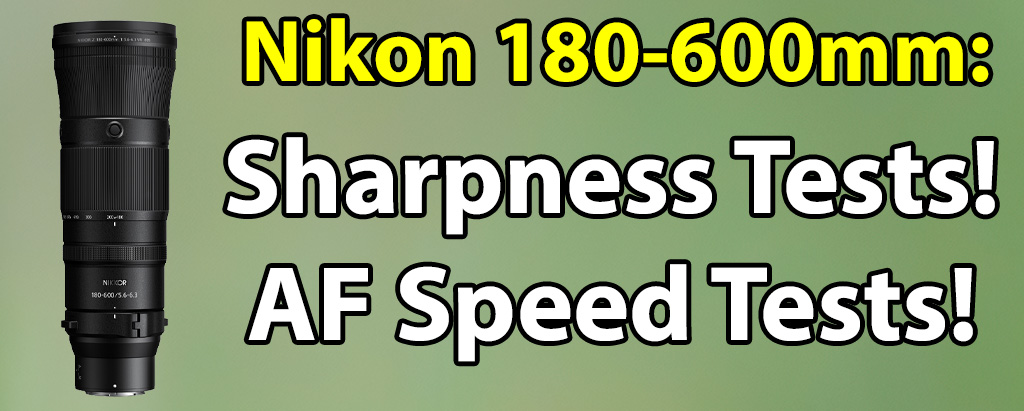I've had mine for almost a year and a half (can't believe it's been that long, feel like I just got it!). Prior to that I was shooting with the ubiquitous D500 + 500PF, and had always wished for a full frame 800mm solution to match the ~750 field of view, but 800mm lenses at the time were ludicrously expensive and heavy, so when the 800PF got announced it was an instant-buy for me. Well, the reality of the situation is that the Z9/Z8 + 800PF is a totally different beast than the D500PF that I had left behind, and I basically had to relearn a new camera+lens, since the Z9 at the time was also a new camera for me.
Apologies in advance if anyone has read my opinion on this lens, I know I don't like reading the same thing over and over, but for the official record: I love the lens, but it isn't my favorite to use for my birding because for me, at least, I find it more challenging to employ effectively
at near MFD due to it's 16' MFD, more narrow FOV, and the more shallow DOF enhance the propensity of the AF to miss and latch onto something unintended (usually the background). At farther distances, these things aren't as prevalent, but then you start to run into atmospherics. Trying to fill the frame near MFD is where I want to be while photographing small birds, and the 800PF isn't a lens that you can quickly deploy if a warbler or something suddenly pops into view; I experience a lot of misses with this lens if I'm not very deliberate in prepping for a shot (pre-focusing, setting a focus recall point, making sure there aren't any obstructions in the viewing path, using Single Point AF to ensure the AF point is perfectly over the bird before trying 3D or Auto Area handoff). Again, I know some on here (Ken

) are going to vehemently disagree with me, but that's OK, we're all different and our use cases may not align.
All that to say, unlike the D500PF, for me the 800PF hasn't proven to be the best for ad-hoc, walk-around style of shooting like I thought it was going to be. It's a lens that requires a bit more prep work and forethought in order to get the best results. When I do my part, the lens absolutely shines. It's sharp, renders the background bokehliciously, and is quite nimble when handholding. It can effortlessly create fantastic results, sometimes from out of nowhere when it doesn't look like it would be possible. One of the best lenses I've ever used.
So yeah, that's my 1.5 year review







